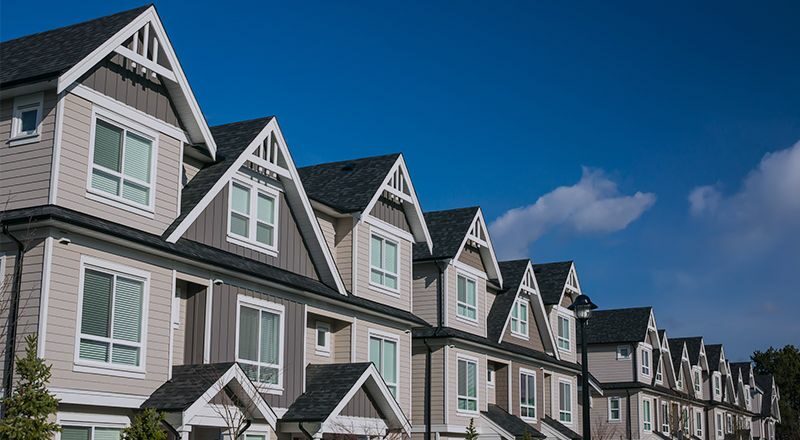
Welcome to the third installment of Sandy Springs Together’s blog series about the importance of affordable housing. If you have not read the first two blogs in this series, we encourage you to click on the links below to read those pieces as well.
In this blog, we will discuss the economic benefits of having more affordable housing options in Sandy Springs.
In November of 2020, Sandy Springs business leaders, stakeholders, elected officials and more engaged in a ten-month process to identify the city’s emerging economic development goals, review the market findings, risks, and opportunities.
The resulting Strategic Economic Development plan is a 152 page report that mentions the word housing 105 times and specifically states that our city’s “economic development policy must not ignore the connection between housing development (affordable and workforce) and future economic sustainability and growth.”
Listed below are points from the Strategic Economic Development plan that stood out to us the most:
- The need for policy and plans that allow for residents to age-in-place through new residential development types while also creating housing choice for the next generation of workers.
- The opposition to higher density housing underestimates the positive impact that housing diversity has on preserving and attracting workers for entry and mid-level jobs that provide services and amenities that make Sandy Springs a great place to live.
- The emphasis on protecting legacy neighborhoods will continue to tip the balance towards smaller households and more renters.
- The lack of “Missing Middle” housing in Sandy Springs has been noted as a challenge by local businesses in attracting and retaining service-based and entry level workers.
- Companies have shown preference in metro Atlanta for locations that can support a range of incomes while providing high levels of support amenities (i.e. dining and retail).
- As both transportation costs and the amount of traffic on our roads increase over time, it will further choke the workforce available for the service sector and other low and moderate-paying occupations, negatively impacting the quality of life for all residents.
Our city is touting a new study showing that millennials are moving to Sandy Springs but the economic growth report points to a danger that this next generation of early professionals cannot integrate into our city due to housing cost barriers. This will eventually have an adverse impact on our city’s growth.
In fact, a recent study of census data shows that Sandy Springs is the fastest shrinking city in Georgia. The study cites a 2023 population of 105,223. That indicates that the city’s population is currently declining at a rate of -0.92% annually and has decreased by -2.73% since the most recent census, which recorded a population of 108,172 in 2020. The article sites housing affordability as one of the causes for the decline.
A lack of affordable housing directly impacts our local jobs and employers’ ability to retain workers. You may recall from our first blog the case of Bob Smith the firefighter, and his wife Ann, a teaching assistant who live in Sandy Springs. With a family income of about $65,000 per year they were forced to move to another city in order to purchase a single family home that was accessible and affordable with a housing cost of $1,625 per month. Faced with a long commute and additional transportation costs, Bob left his job with the Sandy Springs Fire Department, Ann resigned her position as a teaching assistant and they withdrew their children from the local public school.
The positive economic impact of housing that is affordable across income levels can start a chain reaction for the entire community. Housing that is affordable helps families and the local government. When we get families into homes that they can afford over the long term, they can contribute to the local economy, they have more expendable funds to spend on food and other consumer goods. They help local businesses because they can afford to eat in restaurants and shop in stores. These transactions fuel community-wide economic growth by bolstering local businesses and the local workforce. This drives community improvements and resources that can benefit everyone.
If we want to reverse the trend Sandy Springs is on and create an environment where people can afford to live, work and stay here in Sandy Springs, then our city leaders must explore using strategies such as the one in the city of Marietta, to provide more affordable housing options for our residents, especially for people who work locally.What do you think? What are some potential solutions that you would want our locally elected officials to consider using to address our city’s housing crisis? Share your ideas, questions and concerns with us by visiting the Sandy Springs Together Facebook page and commenting on our posts. Your voice is needed!


